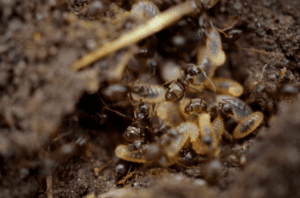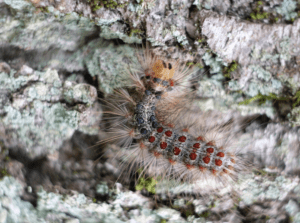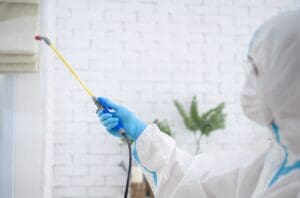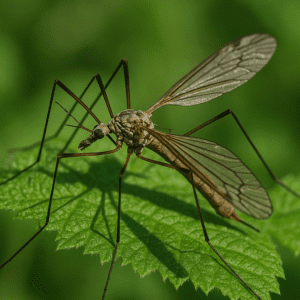
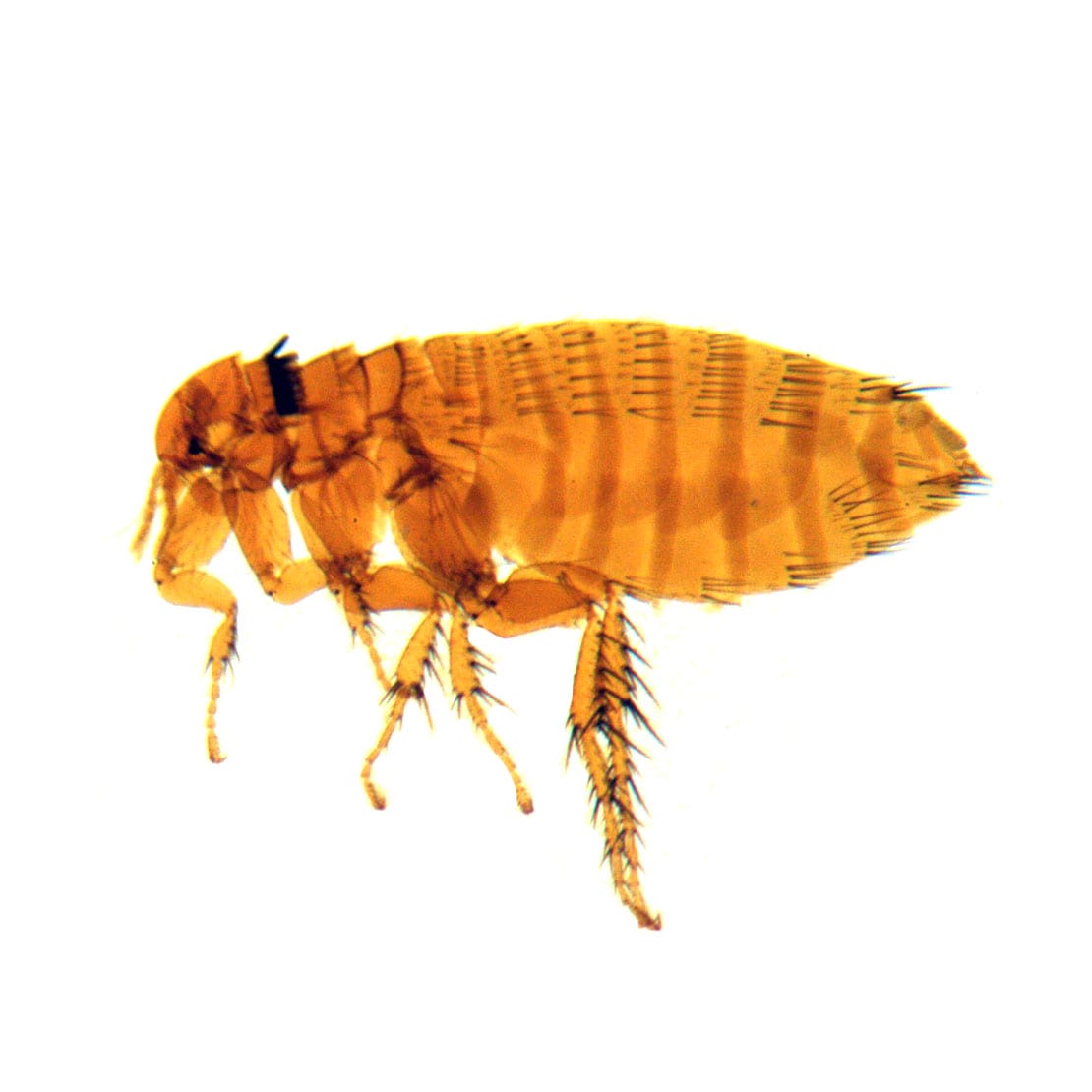
Fleas are some of the most persistent pests that homeowners and pet owners have to face. The tiny yet blood sucking creatures can quickly create an infestation in a matter of weeks. They are particularly worrying as they can dramatically spread across the home and multiply into a full-blown blood-sucking infestation.
By understanding what attracts fleas to a home, you are able to take highly targeted steps to reduce your property’s appeal and prevent a costly and dangerous situation. In this article, we unpack how to identify, prevent and manage flea problems through effective pest control strategies.
What Attracts Fleas to Hosts?
Fleas are parasitic insects which means they rely on blood meals from hosts such as humans and animals, in order to survive and reproduce. Understanding what attracts flees to hosts is vital when it comes to preventing infestation and flea pest control.
There are a variety of environmental and biological cues that direct fleas to hosts and this includes movement, carbon dioxide emissions and body heat. One of the key attractants is body heat as fleas are highly sensitive to changes in temperature. With this in mind, warm bodied animals or humans will instantly attract fleas. When a warm body is close by, fleas usually jump toward it as they sense the heat through specialized receptors on their legs and antennae.
Another attraction is movement. Fleas are drawn to vibrations and sudden movements in their environment as this indicates the presence of a host. As warm bodies animals or humans make their way through an area where fleas are present, such as carpets, bedding or yards, fleas instinctively jump toward the potential host.
This instinctive reaction allows fleas to make contact with their target quickly and effectively. Carbon dioxide also plays a powerful role in attracting fleas. All animals exhale carbon dioxide when they breathe, and fleas are able to detect increases in carbon dioxide concentration. Fleas have the ability to sense this gas from a distance which makes it easier to locate a host - even in hidden or dark environments.
It is important to note that there are other elements that influence flea attraction including a host’s natural odors, sweat, and skin secretions.
In summary, fleas are attracted to hosts through a combination of body heat, movement, carbon dioxide, and individual scent profiles.
Environmental Factors That Attract Fleas
Fleas survival and reproduction are influenced by temperature, humidity, and the availability of hosts. With this in mind, understanding where fleas thrive is vital for infestation prevention and for effective flea control measures. Fleas thrive in warm and humid environments and temperatures between 70°F and 85°F combined with humidity levels around 70%, create the ideal conditions for flea eggs to hatch and larvae to grow. This is why flea infestations notably rise during late spring and summer.
When it comes to the outdoors, fleas typically congregate in shaded and sheltered areas - usually where pets rest or wildlife walks by. These areas, such as porches, bushes, or tall grass, provide protection from direct sunlight and also house the moisture fleas need to survive. With this in mind, sunlight and dryness can actually be lethal to flea eggs and larvae. This is why they seek areas that offer cover and consistent humidity.
If fleas find their way into your property you will usually find them in carpets, pet bedding, and upholstered furniture. This is because these areas trap heat and moisture while collecting organic debris such as hair and skin flakes - which flea larvae actually feed on.
How to Make Your Home and Pets Less Attractive to Fleas
Preventing a flea infestation starts by strategically making your home and pets less attractive to fleas. By taking consistent and proactive steps, you can significantly reduce the chances of fleas infesting your environment.
So, where do you begin? It always begins with maintenance! In the home, maintaining cleanliness is vital. Fleas typically lay eggs in carpets, furniture, and pet bedding, and this is why frequent cleaning is essential. Vacuum these areas once a week, especially in areas where pets spend their time. Dispose of the vacuum bag or contents immediately to prevent any possible re-infestation. Wash pet bedding and soft furnishings regularly in hot water - hot water kills all life stages of fleas. Also consider making use of a steam cleaner on carpets and upholstery because the heat can effectively eliminate fleas.
When it comes to preventing flea infestations outdoors, make sure to regularly trim grass, plants and other vegetation. Also eliminate debris where fleas can hide and apply pet-safe insecticides or natural flea repellents to high-risk areas. Also, when it comes to using repellants in your outdoor space, place your focus on shaded areas where pets like to rest.
Now, protect your furry friends! Using a veterinarian-recommended flea preventative is key. These can come in the form of topical treatments, oral medications, or flea collars. Consistent monthly use keeps fleas from gaining a foothold on your pet. Regular grooming and bathing with flea shampoos also help detect and remove fleas early. You can also use a flea comb to check for flea dirt or adult fleas, especially around your pet’s neck, tail, and belly.
Stopping Flea Infestations Before They Start
Fleas can become a serious problem if ignored and can quickly harm both your home and your beloved pets.
In order to successfully protect your family, home and pets, it’s important to maintain a clean environment, use effective flea preventatives, and treat both indoor and outdoor spaces.
Twin-Boro is proud to offer professional flea control services that are expertly designed to target infestations at every stage. Our yard pest control treatments help eliminate fleas where they often begin- right in your own backyard.
For thorough, reliable flea protection, contact us today and let our experts help you reclaim your home.




